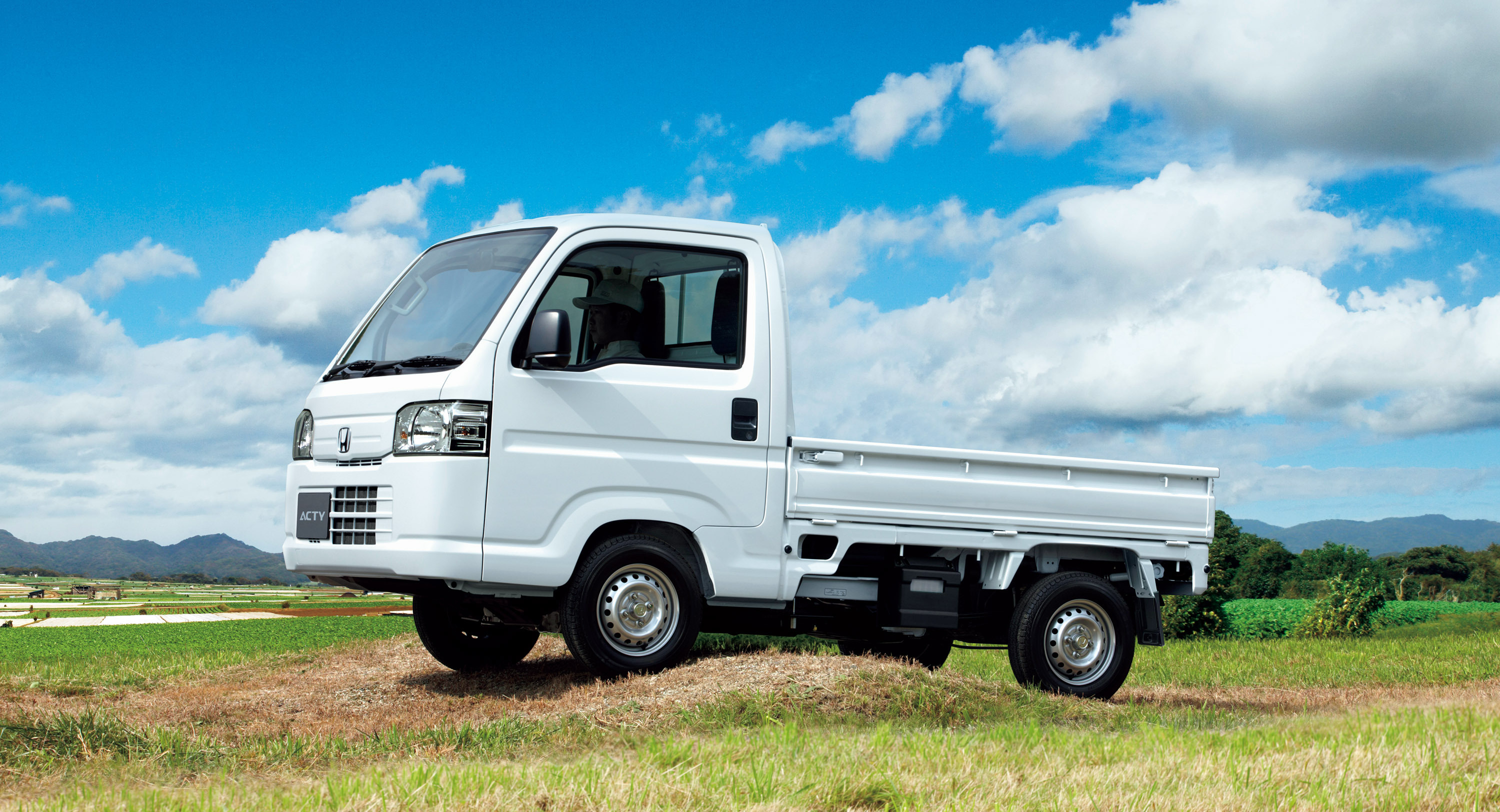Can't decide which generation of Honda Acty is best for you?

There isn’t a one‑size‑fits‑all “best” generation of the Honda Acty — the right choice depends on what you value (cost, reliability, comfort, parts, import legality, etc.). But based on what folks who use, import, and restore Actys tend to prioritize, some generations stand out more often than others. I’ll walk through the pros and cons of each, then give my take on which ones are often considered the “best” and for which uses.
Overview of Honda Acty Generations
Here are the four main generations, with what they bring to the table and what their downsides are:
| Generation | Years | Engine / Features | What’s Good | What’s Less Good |
|---|---|---|---|---|
| 1st Generation (1977‑1988) | ~1977‑1988 | ~545 cc 2‑cylinder (EH), mid‑engine, basic setup. | Very simple & rugged; parts are fewer but what exists is basic, not overly complex. Good for light work, cheap entry. Classic/retro appeal. Lower cost. | Very low power. Minimal comfort. Fewer amenities (no power steering on many, no modern safety, no EFI except maybe in donor swaps). Likely more rust. Less refined ride. Harder to get some parts. Not great for longer drives. |
| 2nd Generation (1988‑1999) | ~1988‑1999 | Engines: E05A (547cc), then E07A (656cc); more options, better features over time (power steering, better suspension, van/truck versions, etc.) | Sweet spot for many: more power, better drivability, many models have more comfort features. More parts availability than Gen 1. Many “Attack,” “Street” trims for specialized uses (off‑road, etc.). Still simpler than modern trucks so maintenance & repair are less intensive. | Older still, so aging issues: wear, rust, maybe weaker safety / crash protection. Carbureted models need more tuning. Some parts are harder to find relative to newer models. Highway speed and comfort lower. |
| 3rd Generation (1999‑2009) | ~1999‑2009 | E07Z engine (660cc), fuel injection (PGM‑FI), more modern safety features (improved crash structure, airbags in some markets), better fuel efficiency, refined suspension, possibly better trim & comfort. | Probably the “best compromise” for many buyers: decent power, more comfort, modern tech, better parts support. Vans/trucks both usable. More amenities. Better for highway use (relatively speaking) and for longer drives. Safer, more refined. | More expensive. Newer models may cost more to import (age). More complex parts (EFI, sensors) which cost more / may be harder to source in some cases. Possibly less rugged (more moving parts). Some cabin size trade‑offs depending on wheelbase. |
| 4th Generation (2009‑2021) | ~2009‑2021 | Mainly truck version (Acty van discontinued earlier), using updated E07Z engine, some improvements in materials, safety, maybe emissions, more modern build. | Most modern comfort, likely best safety and build quality. Possibly better rust protection. More efficient engines, more refined driving experience. If imported, among the newer options (but still old enough in some cases). | Highest cost. Parts more expensive & sometimes less abundant outside Japan. Legal/import restrictions: depending on country, the age might make getting it street legal more complicated. Less classic appeal. Maybe “overkill” if you just need something for light farm or yard work. |
What People Look for / Trade‑Offs
When people pick their “best” generation, they often are balancing:
-
Import/registration rules: e.g. 25‑year rule in many countries, so certain generations are just becoming legal/importable.
-
Parts availability: newer = more parts, but also higher cost; older = simpler but sometimes harder to find specific parts.
-
Comfort/safety: power steering, airbags, fuel injection help a lot.
-
Reliability vs complexity: smaller engine, simpler systems are easier and cheaper to maintain, but may lack power or comfort.
-
Use case: farm/off‑road vs highway vs urban use.
Which Generation Is “Best” for Most Users?
Considering all of the above, many enthusiasts and importers tend to favor the 3rd Generation Acty (1999‑2009) as the best overall choice. Here’s why:
-
It strikes a strong balance between being modern enough (EFI, better safety, better performance) while not being too new (so import/legal compliance and cost are still manageable).
-
It tends to offer the comfort and safety upgrades that make driving more usable daily, yet still retains much of the rugged durability and simplicity of older models.
-
It’s past many of the major mechanical “growing pains” of earlier models (e.g. carb vs EFI tuning, weaker power, old rust issues) while being less expensive and complex than the newest (4th generation) models.
Best Generation by Use Case / What You Might Want
Here’s a quick cheat sheet on which generation might be “best” depending on what you want:
| Your Priority | Best Generation |
| Low cost entry, minimalist, classic style / occasional use | 1st Generation |
| Good value, reasonable comfort, parts easier to get, some power | 2nd Generation |
| Daily use, highway travel, decent power, safer, more modern | 3rd Generation |
| Best comfort & safety, newest, less rust, maybe resale value, if budget allows | 4th Generation |
The good news for owners of any generation of Honda Acty, is that there are many North American suppliers of parts and accessories, so repair time and cost is reasonable. BestKei.com and Honda-Acty.com are great resources for sourcing parts for the Honda Acty, with large inventories and fast shipping!
